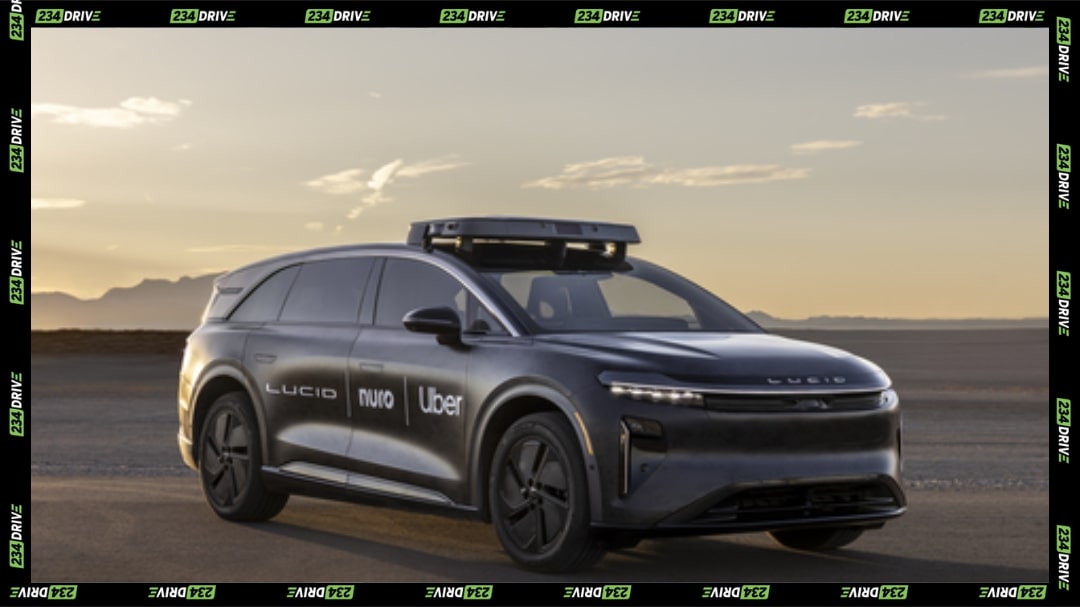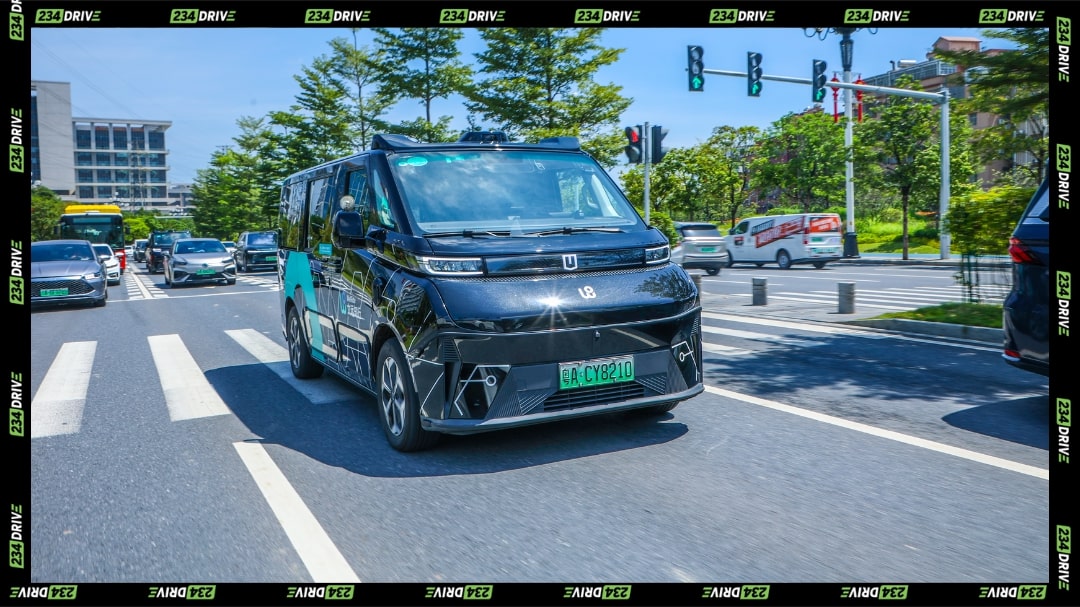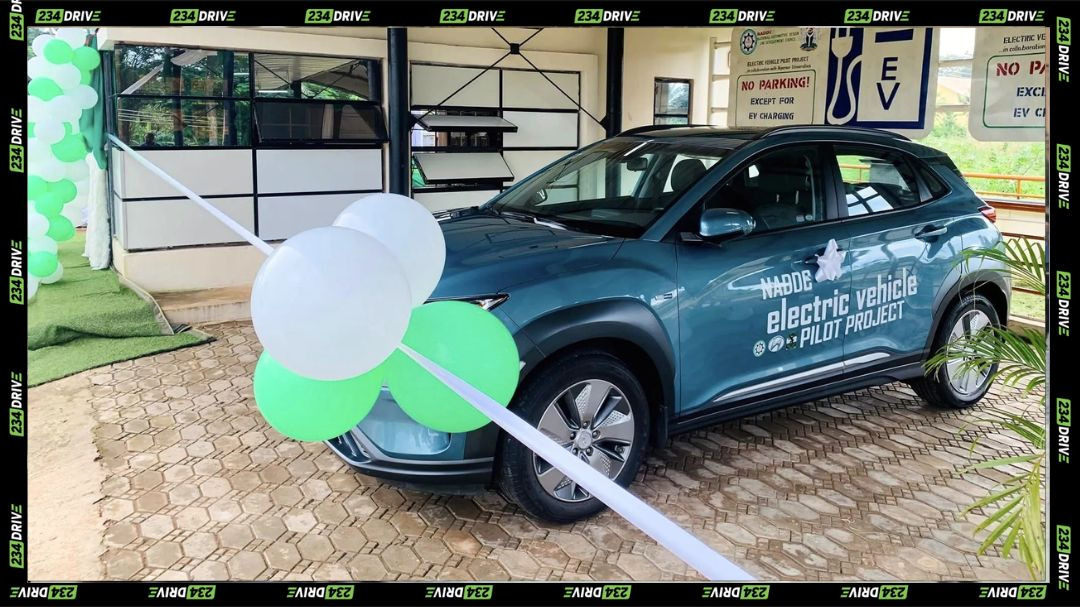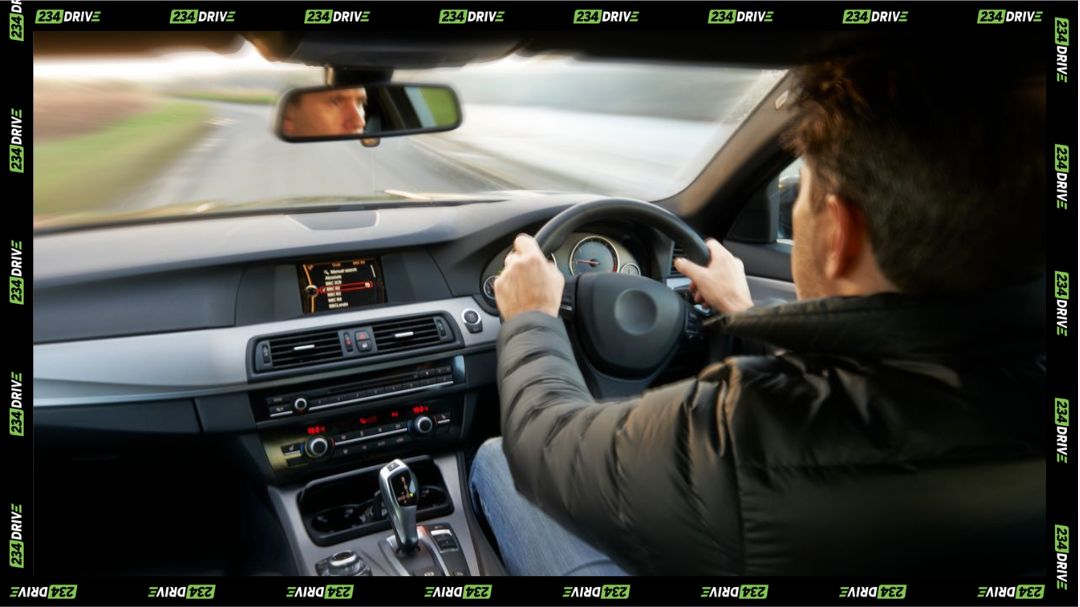You know it’s big when the premium ride-hailing app starts paying to be part of the autonomous ride.
Uber just placed the final signature on a $300 million cheque to Lucid to build and run a premium, Level-4 robotaxi fleet on Uber’s platform.
The rollout target is big: more than 20,000 vehicles over six years.
Outside the numbers and onto the car itself is Lucid’s top-class Gravity platform—built like a high-mileage workhorse—with redundant electrical and control systems, long range, and over-the-air smarts.
For autonomy, Uber is tapping Nuro’s Driver (Level 4). Uber brings the demand, routing, and fleet management it already does at a massive scale.
Simply put, Lucid builds, Nuro drives, and Uber dispatches.

All this shows that Uber is moving from “partner” to “backer”, locking in a supply of purpose-built electric robotaxis that can stay out longer between charges and maintenance. That’s the difference between a cool demo and a fleet that actually makes money.
Across the Pacific, China’s EVs are setting the pace. One road-legal Chinese model just smashed the top-speed record—proving that performance is racing ahead in Asian markets, and autonomy may be next.
While the U.S. lines up a 2026 debut, WeRide is already running around-the-clock, fully driverless rides today in the Huangpu District. Open the WeRide Go app, hail a Robotaxi GXR, and go—no safety driver, point-to-point across the core urban zone.

The company moved from unveiling the GXR to full driverless service in about 11 months, clearing tests, certifications, and licences along the way.
Under the hood, the GXR uses a production-ready hardware stack tuned for city chaos.
Think heavy computing (dual NVIDIA DRIVE AGX Thor chips), lots of onboard processing power, and a sensor suite designed to see through fog, rain, and low light while spotting pedestrians, cars, and construction.
The vehicle layers redundancy—steer-by-wire, braking, and computing—so one failure doesn’t end the ride. Inside, it’s an open cabin with room for five and proper luggage space—as it’s designed to work for everyday conditions.
This isn’t WeRide’s first rodeo, either.
The company started charging for public robotaxi rides back in 2019 and has steadily expanded across Guangzhou’s key hubs. It’s also been packaging parts of its tech for wider use.
Now do you think regulators should require robotaxis to accept transit smartcards and honour concessions (students/seniors) like buses do to better adoption rates?









